The fourth outdoor room of the Franklin Delano Roosevelt Memorial along the Tidal Basin in Washington, DC, depicts his short, incomplete fourth term and his hopes that a better world would emerge from the global war through which he guided the United States. Victory was within sight when FDR died on April 12, 1945, in Warm Springs, Georgia.
I once read that Roosevelt’s fate was akin to that of Moses—he led his people through the desert of war to where the Promised Land was in sight, but he himself would not be able to enter its peace.
In the fourth room of the memorial, a still pool represents the death of the president. Above it, a bas-relief depicts his funeral procession, with grieving common Americans following the flag-draped caisson. On a clear day, the reflection of the procession against the still water allows the opportunity to reflect on Roosevelt’s memory and achievements. Roosevelt did not live to see the day of victory. But for those who know the history of what happened next, it is instructive to compare the grieving response to FDR’s funeral with the fate of his adversaries in Europe a mere three weeks later. Il Duce Benito Mussolini was killed along with his mistress, and a mob hung their beaten bodies from a gas station for all to see. The Führer Adolf Hitler took his own life in a Berlin bunker, along with his new bride, and their bodies were unceremoniously brought to a shallow excavation above ground and burned with gasoline while the Red Army destroyed the German capital city around them.

But part of the message in this last room of the memorial is that FDR’s cause did not die with him. FDR had committed the United States to participate in a new international organization, the United Nations, which it was hoped would prevent war in the future. A statue of his wife, Eleanor, along with the United Nations seal symbolizes her work to pass the Universal Declaration of Human Rights through the United Nations in December 1948, during what would have been the last few weeks of FDR’s fourth term had he lived. Beyond the last room, a final water feature combines the waterfalls from the previous rooms in a living retrospective of FDR’s momentous presidency and the epic history that continues to shape our world today.

Before the war, Roosevelt had defined the moral cause of the United States in World War II with his Four Freedoms speech at the State of the Union address on January 6, 1941. The Four Freedoms are carved into the granite of the FDR memorial. At a time when the United States was not a combatant, and only Britain remained fighting the onslaught of Nazi Germany, FDR morally aligned the United States with the cause of democracy exemplified by the British, and stated that the goals of freedom of speech, freedom of religious worship, freedom from want, and freedom from fear were human rights for every individual in the world. Although there is no substitute for realistic policies and programs, as a historian I believe that philosophically these ideals continued to guide his vision for the postwar world, and make for an aspirational conclusion to his wartime leadership and memorial.

But history is a deep and fluid stream, and while time ultimately flows in one direction, there are eddies beneath the surface that sometimes curl back under the main currents and return one to a deeper past. I experienced this in the fourth room of FDR’s memorial when I read these words:
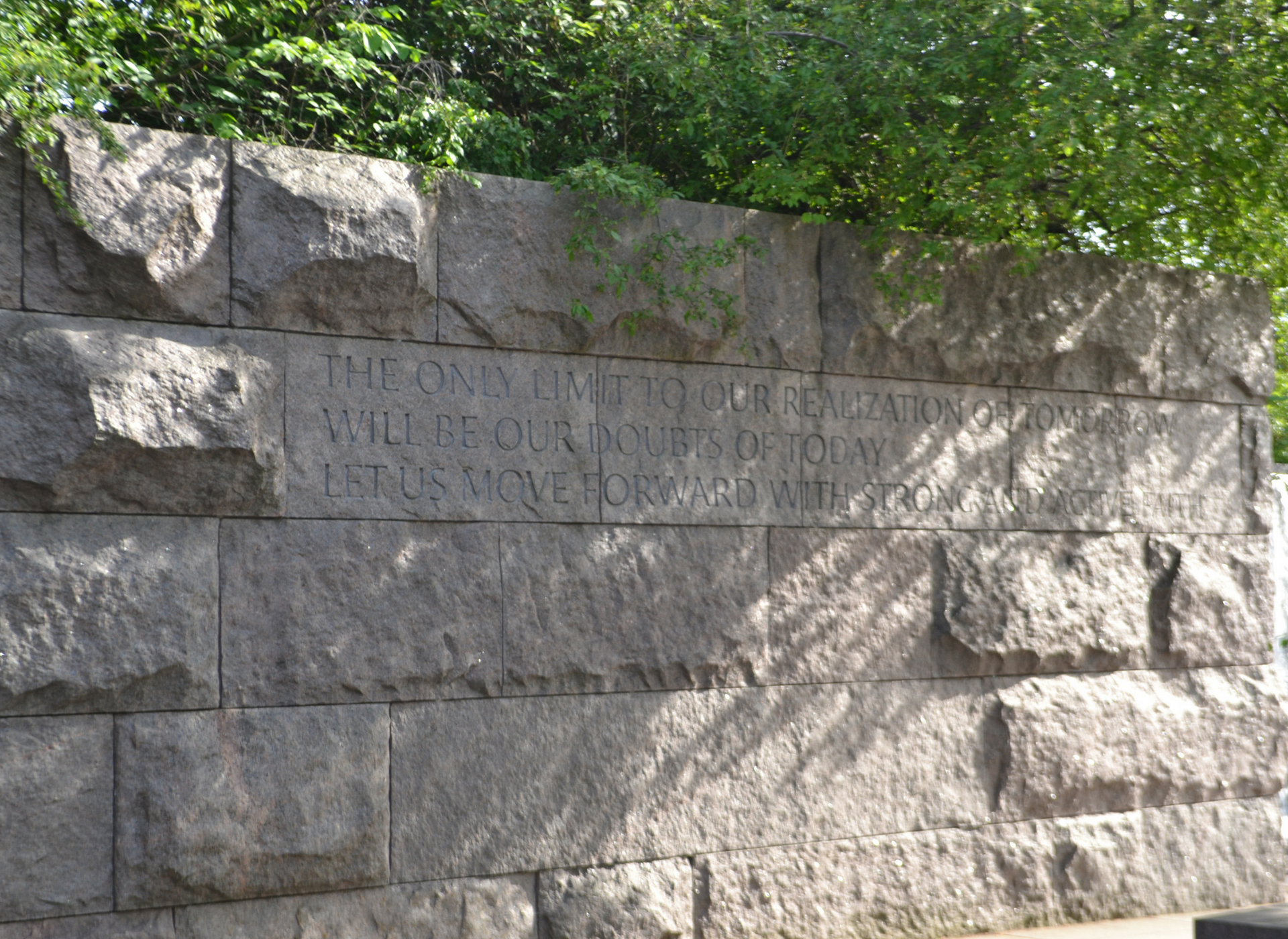
“The only limit to our realization of tomorrow will be our doubts of today. Let us move forward with strong and active faith.” These words were part of a draft Roosevelt dictated on April 11, 1945, the day before his death—for his Jefferson Day speech honoring Thomas Jefferson, whose memorial he had dedicated almost exactly two years earlier, and which lies only a few hundred yards away from Roosevelt’s on the Tidal Basin.
The historical connection between Thomas Jefferson and Franklin D. Roosevelt is complete along the banks of the Tidal Basin in Washington, DC. A historian gazes at the past, but there is one other link that I want to make with FDR that involves gazing forward to our time, and it will be the topic of my next post regarding tributes to FDR.
Note: This is the fifth of six posts about Franklin D. Roosevelt memorials. Read Part One. Part Two. Part Three. Part Four.
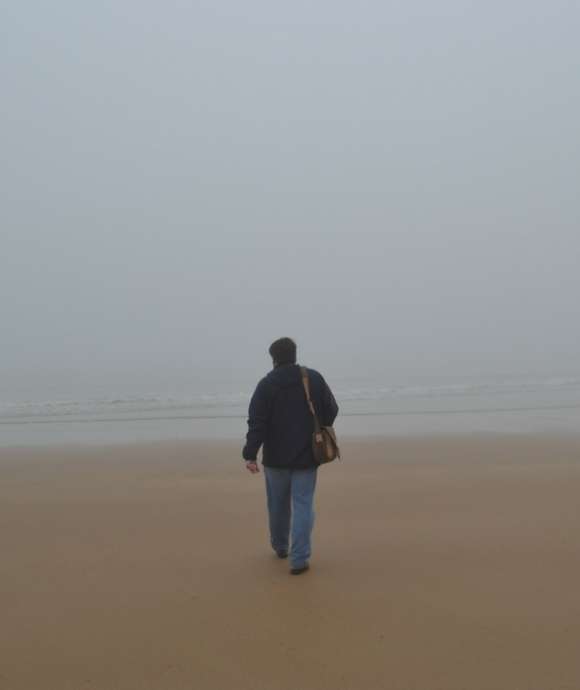
"No matter one’s age, travel is a unique and exciting educational experience. In my work, I have had the opportunity to reflect on history, events, and people in the places where they experienced life. Through the viewfinder, we can not only find history and perspective, but create memory, and evoke our evergreen past."
– Keith Huxen, PhD, Senior Director of Research and History, The National WWII Museum
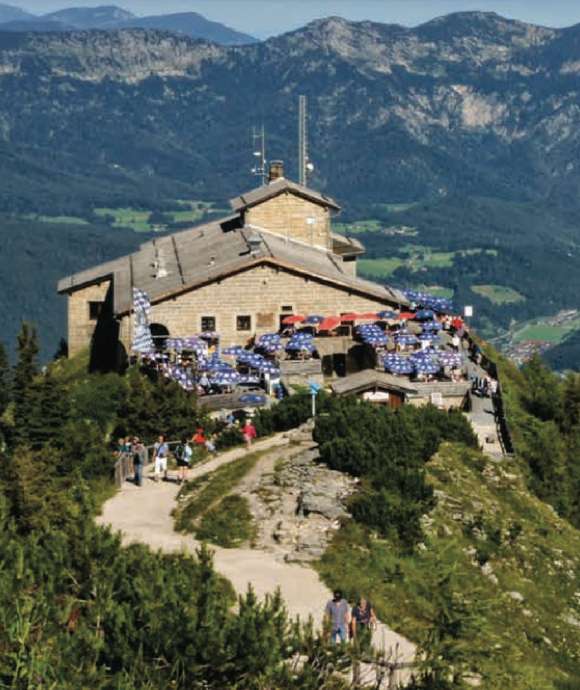
Travel with the Museum
Tour through WWII history with expert guides and staff historians and curators.
Keith Huxen
Keith is the former Senior Director of Research and History in the Institute for the Study of War and Democracy at The National WWII Museum.
Cite this article:
MLA Citation:
APA Citation:
Chicago Style Citation:
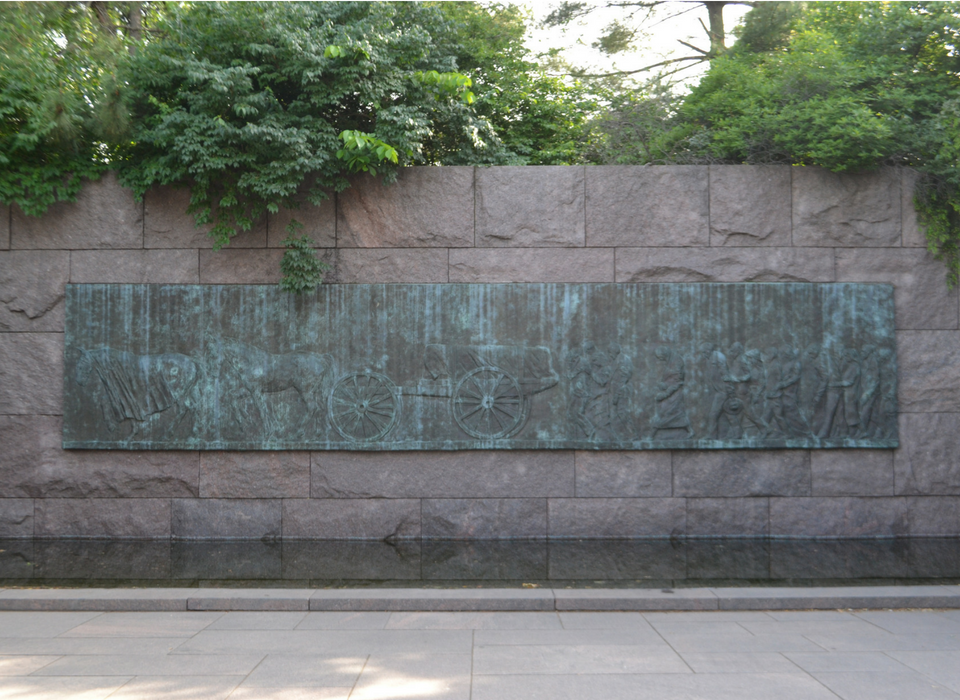

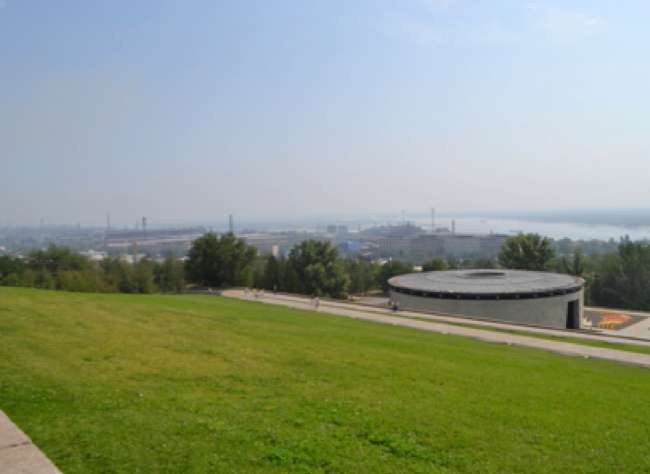
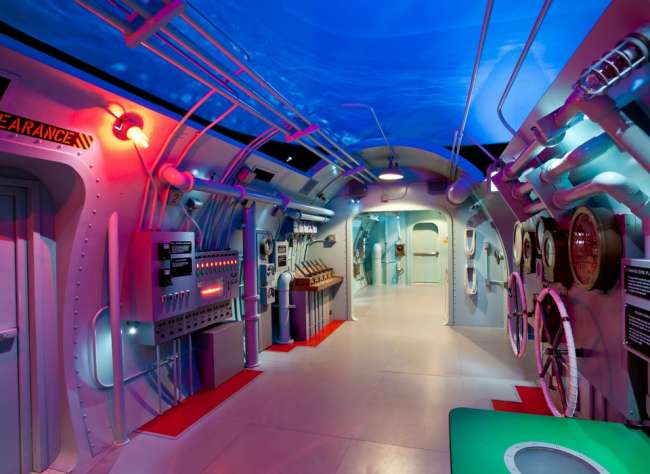
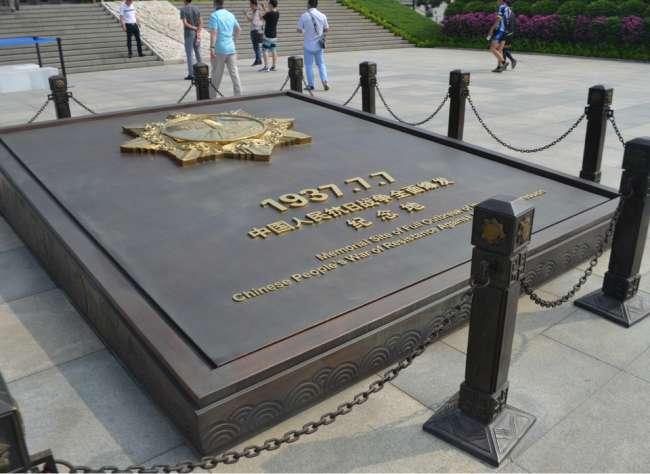




![Max Fuchs, New York City cantor, sings as Rabbi Sydney [sic] Lefkowitz, Richmond, VA, conducts the first Jewish services from Germany.](/sites/default/files/styles/max_650x650/public/2025-10/image1.jpg)


